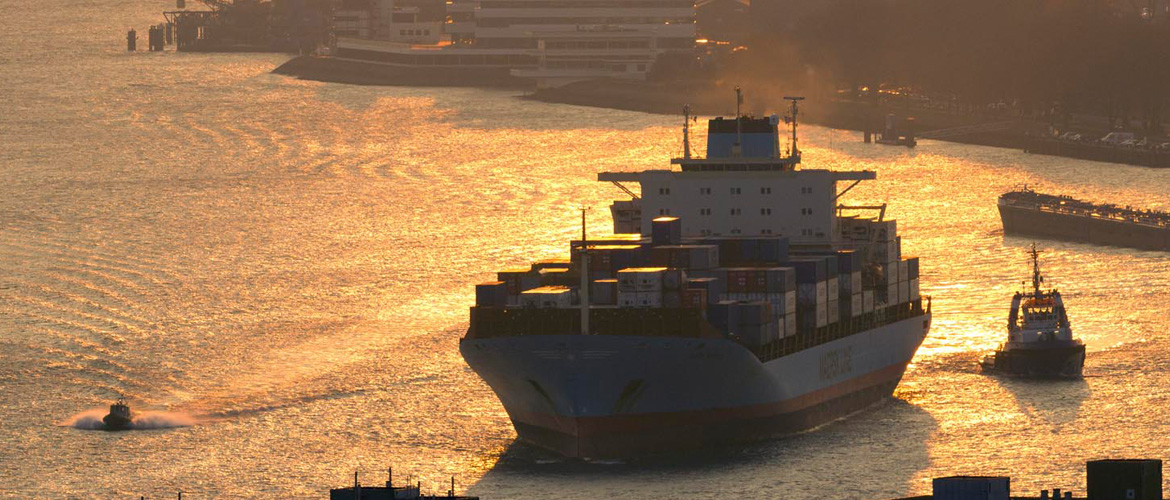Supply Chain Market Update – Dec

With ongoing pandemic-related delays and disruptions, now exacerbated by the emerging Omicron variant, the continued demand for freight space and a lack of capacity, on all major trade lanes means that rates will remain elevated and transit times volatile.
Global supply chains continue to experience many market challenges and delays and higher costs are now the normal.
We carefully review all appropriate transport options, that are workable and allow us to maintain control of the supply chain, while considering, delays, security and local management.
Ocean – Currently one of the best options to move freight into the UK via UK Ports or Rotterdam, is on premium services like MSC’s Diamond Tier or Evergreen’s GreenX service, which pretty much guarantee space and equipment, with reasonable lead times.
We also have backup options via European hubs, with container transhipment and trucking to the UK.
Air – Freighters are the primary vehicle currently and particularly via main hubs like Dubai and Doha, with services that are reasonable, but at a cost premium due to demand.
RAIL – We have suspended our use of rail into Europe, as we believe that the current delays, that have seen transit times doubling and trebling, and lack of visibility make the solution unviable.
ROAD – Road transport pricing may be stabilising after record increases, but is likely to remain at elevated levels for some time, due to continuing shortages of freight transport HGV drivers and limited capacity.
OCEAN
Space remains tight and is challenging to secure, with some carriers reducing their allocations to the UK even further. Equipment availability is better, but still not good, particularly for the ever popular 40’.
Schedule reliability has recovered from its recent historic lows, but is still not great and transit times can be >50% longer than normal, with inefficiencies on the landside a major contributory factor.
Freight rates have largely remained stable (Omicron may reverse this) while bunkers are on the rise and set to go higher next year and detention & Demurrage charges are still being applied, at origin and destination.
AIR
Capacity slightly increased, supported by the return of some passenger services, although not enough to meet demand and the Omicron has already resulted in the suspension of passenger services and routes.
COVID-related labour shortages and restrictive safe-working practices are a factor in all sectors, but it is having a particularly profound impact on labour-intensive cargo handling, with congested hubs at origin and destination extending transit times by up to 300% and the impact of Omicron yet to be factored in.
Air freight rates are largely back on the increase, with some trade lanes around $15/kg, while fuel is on the increase and expected to keep rising.
We are seeing some carriers impose PSS / GRI’s on BSA and 30%+ plus of global air freight is eCommerce which generates a higher rate per kilo.
RAIL
Abnormal transit times, postponed departures (normally 5-7 days) and cancellations are increasing, as a result of continuous congestion, at the borders of China and reloading points.
Some operators have made some reductions on their rail freight rates, for better promotion of the service, but rail hub congestion, especially in Europe, and continuing delays are massively undermining service schedules.
ROAD
UK road freight prices had been stabilising, after rising by more than a third in 12 months, but excessive demand, HGV driver shortages and increasing fuel costs are pressuring rates.
It has been estimated that there is a shortage of up to 100,000 HGV drivers in the UK which has led to spiralling labour costs in the freight sector and despite government action to attract EU drivers to the UK with short-term visas, and changes to HGV testing, the driver shortfall will continue until next year.
The European road freight rate benchmark for Q3 shows that prices have hit historic highs across Europe, driven by a mix of robust economic growth and supply chain bottlenecks.
Freight rates are expected to rise further in Q4 2021 as demand increases and capacity remains tight

